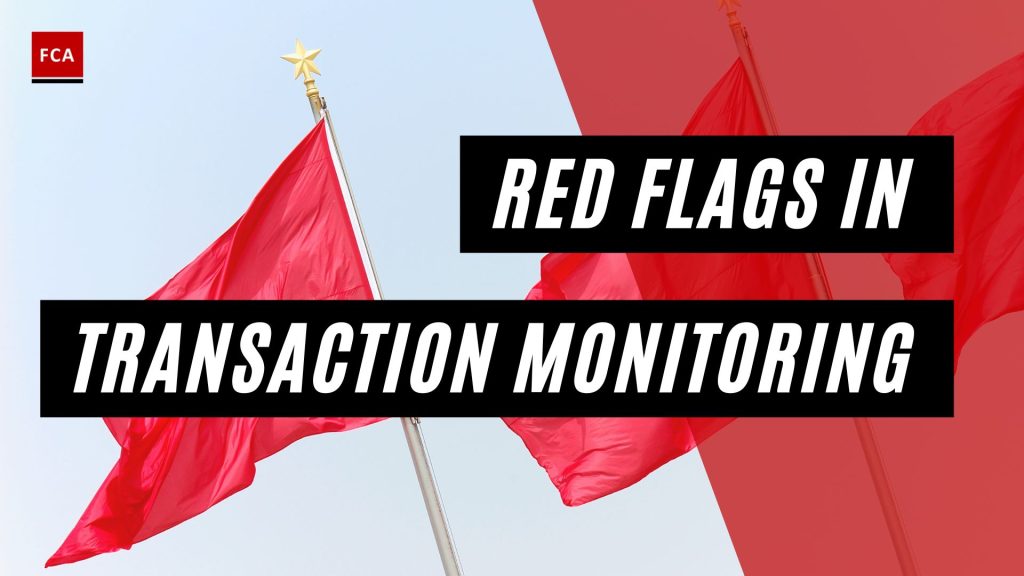There are red flags to be considered in transaction monitoring. All the activities and transactions that fall outside the expected customer activity or certain predefined threshold should generate a “red flag” or alert, for review and investigation by the MLRO or AML team, in coordination with other relevant staff. MLRO must ensure that the red flag mechanism incorporates the possible risk factors considering the customers’ risk profiles.
Red alert thresholds are set for transaction monitoring purposes and are marked in the automated transaction monitoring system. Alerts are generated on the breach of the thresholds or occurrence of unusual transactions or activity. The AML analyst investigates such transactions and activity generating an alert.
Red Flags to be Considered in Transaction Monitoring
Responses are sought from the customer on the alert generation and the satisfactory provision of information from the respective customer. Then, the AML analyst or reviewer marks the alert as closed.
The number of alerts generated within each bank varies based on several factors, including the number of transactions running through the monitoring system, as well as the rules and thresholds the bank employs within the system to generate the alerts. Banks typically score alerts based on elements contained in the alert, which determines the alert’s priority.
Banks typically review and re-optimize their alert programs every 12-18 months. Banks noted that many alerts are ultimately determined to be “noise” generated by the software. One bank noted that it is working continuously to reduce the “noise” generated by the software and to develop typologies to enrich the data and reveal the most critical information.
The following are red flags that might indicate money laundering activity and/or terrorist financing in this case:
- Quite a wide range of activities carried out by the company
- Lack of substance and employees
- Impairment of assets
- Loans that have been granted without proper due diligence being carried out or without appropriate collaterals, appropriate guarantees, appropriate securities, a commercial rate of interest, or a repayment period, or
- The issue of a power of attorney to various individuals, especially those quite wide and general.

The following are some examples of event-based trigger points that are considered red alerts for money laundering and require the performance of investigation and monitoring of relevant transactions:
- Frequent cross-border flow of transactions, especially with high-risk countries
- A large amount of cash deposited in smaller portions
- A large amount of cash deposited in an account at once
- Payment received in account, not matched with goods shipped or trade-based money laundering
- Unexpected repayment of overdue credit amount
- Transaction inconsistent with customer’s business profile
- Deposit or transfer of funds without any specific justification
- Transactions made for significant investment
- A sudden increase in the number or value of deposits or credits, or
- The sudden increase in the large deposit in the dormant accounts
Final Thoughts
Transaction monitoring is an essential process used by financial institutions to detect and prevent money laundering, terrorist financing, fraud, and other financial crimes. Red flags are specific indicators or patterns in financial transactions that suggest potential illegal activity. Effective transaction monitoring systems use a combination of automated tools and human analysis to identify and investigate suspicious transactions.








